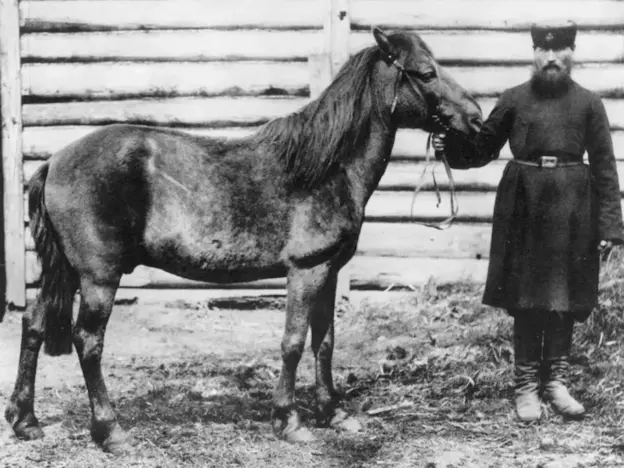Intro
The last wild Tarpan died in Russia and is an extinct species, the last two on the planet died within a decade of each other in the late 19th century. There have been attempts to recreate the Tarpan, including the Heck Horse and Hegardt Horse.
Origins
Essentially the Tarpan is one of the few wild equine that existed during prehistoric times and they are thought to be the ancestors of most modern breeds that come from the Russian Steppes. Originally they were found throughout eastern Europe and Western Russia, becoming the foundation stock for many civilizations along the eastern Mediterranean.
They were hunted to extinction in a similar manner as the modern feral Mustang is today in the western US. Land was needed for farmers and wild herds used up precious resources, they were also hunted as a source of meat.
Once the Tarpan was gone, the Polish Government decided they needed to do something about it and they began collecting animals that resembled the breed. Many of them were Konik horses which are closely related cousins of the Tarpan. They used selective breeding practices to recreate the breed’s genetics as closely as possible.
The Heck brothers who were zoologists and directors of the Munich Zoo, also took on the project. Thewy were able to somewhat faithfully recreate the breed as well.
In the end, it is impossible to re-create an species that goes extinct, but the efforts of both teams was admirable. It is acknowledged that the Tarpan of today is not a pure descendant and those that were created by the Heck brothers are often called Heck Horses to differentiate (and pay homage to two brothers who wanted to bring the Tarpan back).
Today most of the new Tarpans are owned by private enthusiasts or zoos.
Features
Average height 13 – 13.2 hands
Physique
Head is long and broad with a straight or convex profile
Ears are long, pointed and fall slightly sideways
Eyes are small and round
Neck is thick and short
Back is long and straight
Shoulder is sloped and long
Les are long and slender, but strong with broad joints
Traditional Colors
Always a shade of dun with primitive markings.
Temperament
Calm, friendly and curious
Independent and stubborn
Intelligent and headstrong
Use
Riding horse
Light draft
